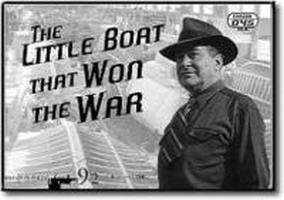 I am aware of only one man who was praised by both Eisenhower and Hitler. A repost on the 80th anniversary of D-Day.
I am aware of only one man who was praised by both Eisenhower and Hitler. A repost on the 80th anniversary of D-Day.
General Dwight David Eisenhower said “Andrew Higgins … is the man who won the war for us. … If Higgins had not designed and built those LCVPs, we never could have landed over an open beach. The whole strategy of the war would have been different.”
Adolph Hitler referred to Andrew Higgins as the “new Noah,” though his admiration was more begrudging. On the 80th anniversary of the Normandy landings, better known as D-Day, it seems worthwhile to remember Andrew Higgins and the amazing Higgins boat.

 A federal judge dismissed the most recent felony convictions of five retired military officers who had admitted to accepting bribes from Leonard Francis, a Malaysian contractor nicknamed
A federal judge dismissed the most recent felony convictions of five retired military officers who had admitted to accepting bribes from Leonard Francis, a Malaysian contractor nicknamed 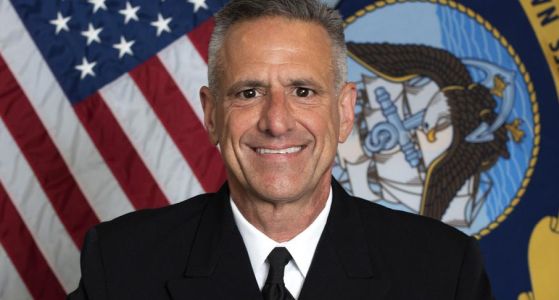 The Department of Justice
The Department of Justice 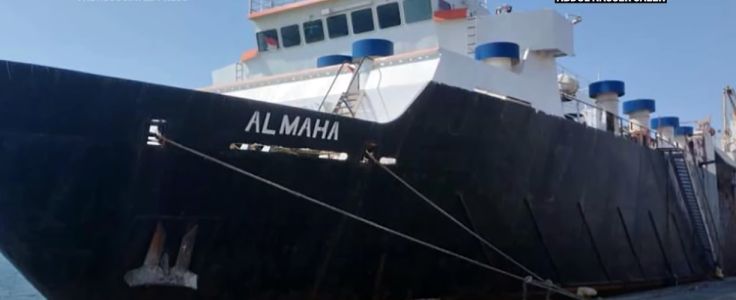 Back in 2021, we
Back in 2021, we 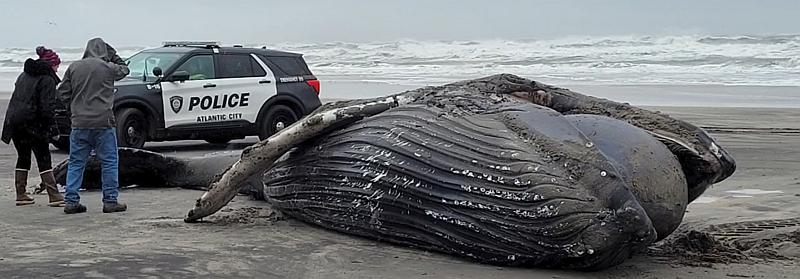 A recent article in the journal
A recent article in the journal 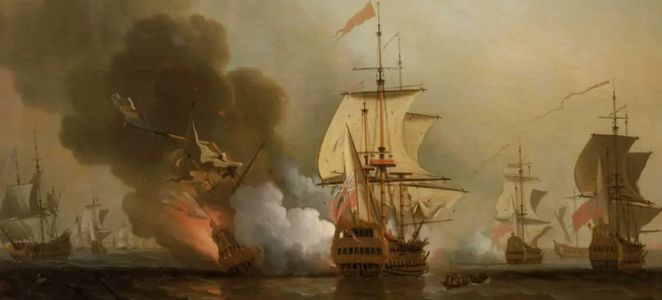
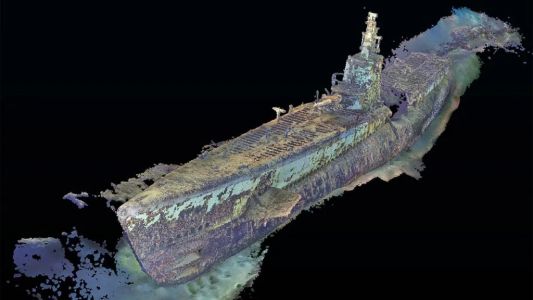 The
The 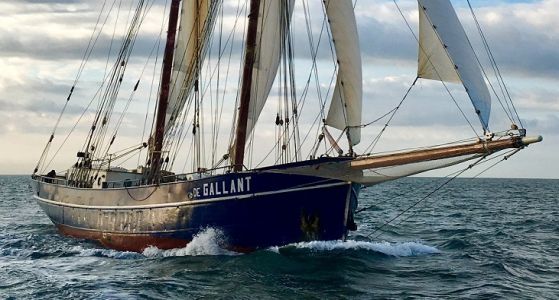

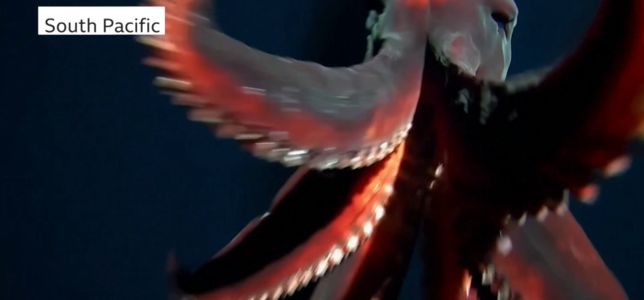 Researchers from the University of Western Australia (UWA) and Kelpie Geosciences in the U.K. recently caught some amazing video footage of a terrifying deep-sea squid that flashed a pair of brilliant “headlights” at the moment it goes in for the kill.
Researchers from the University of Western Australia (UWA) and Kelpie Geosciences in the U.K. recently caught some amazing video footage of a terrifying deep-sea squid that flashed a pair of brilliant “headlights” at the moment it goes in for the kill.  The trapped container ship Dali will “hopefully” be refloated this week after authorities set off charges at a
The trapped container ship Dali will “hopefully” be refloated this week after authorities set off charges at a  An updated repost appropriate for Mother’s Day.
An updated repost appropriate for Mother’s Day. Tens of thousands of people welcomed
Tens of thousands of people welcomed  On Saturday, May 4, the cruise ship
On Saturday, May 4, the cruise ship 
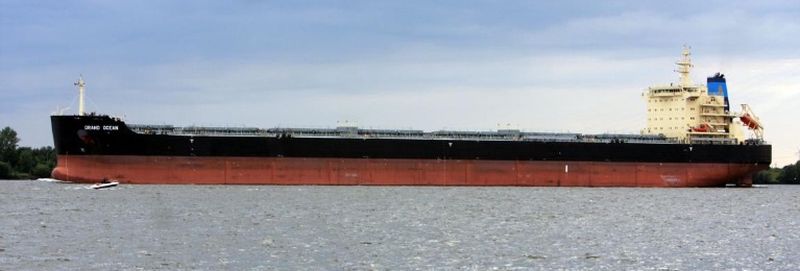 Update: One of the world’s busiest shipping channels was closed to traffic in both directions after
Update: One of the world’s busiest shipping channels was closed to traffic in both directions after 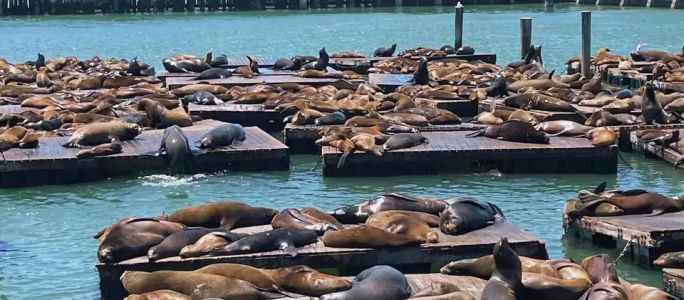 In the last week or so, over 1,000 sea lions have hauled out on San Francisco’s Pier 39, K-Dock, the largest assembly of the boisterous pinnipeds in roughly 15 years.
In the last week or so, over 1,000 sea lions have hauled out on San Francisco’s Pier 39, K-Dock, the largest assembly of the boisterous pinnipeds in roughly 15 years. I have been away for the better part of a month on a transatlantic sail from Barbados to Malta on a five-masted square rigger. (
I have been away for the better part of a month on a transatlantic sail from Barbados to Malta on a five-masted square rigger. (